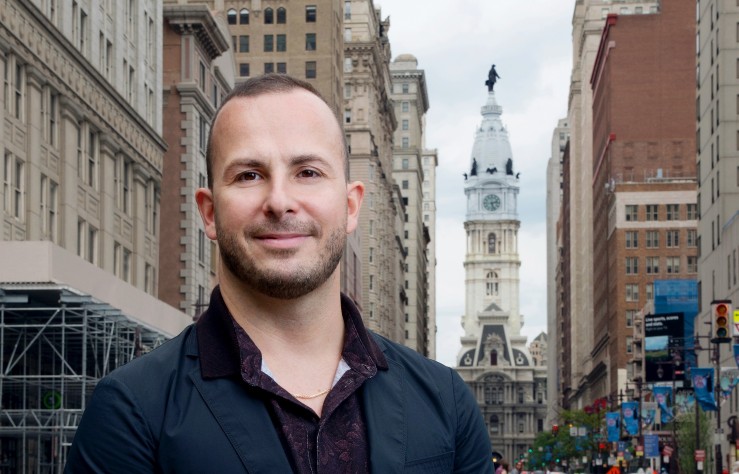Philadelphians scale Straussian heights in thrilling Carnegie concert

The Philadelphia Orchestra is a visiting attraction when it performs at Carnegie Hall, but the ensemble’s annual appearances have been so well received in recent years that it has come to feel like a cherished local institution—a sense only reinforced now that Yannick Nézet-Séguin, with his concurrent appointments as music director in Philadelphia and at the Metropolitan Opera, has become a local fixture in his own right.
Tuesday night’s superb concert showed yet again why the Philadelphians are so celebrated in New York.
At almost fifteen minutes, Valerie Coleman’s Umoja, Anthem for Unity is on the long side for a concert opener, but it hardly felt so in this performance. Adapted from its original 1997 form as a work for women’s chorus (and later for woodwind quintet), Coleman’s new arrangement of the piece, which had its New York premiere Tuesday, is ingeniously orchestrated, weaving many voices into a bright, energetic whole.
Drawing on traditional African musical forms, the work evokes peace and wide open space in its opening, where bright pizzicato chords resound in echoes of pitched percussion before growing into a rolling, lush string sound. Contrast to the central vision of unity comes in a moving middle section that presents conflict through harsher harmonic structures and jagged interruptions of winds and percussion. If this scaled-up version of the original piece felt at times a little overstuffed, it nevertheless raced along in Nézet-Séguin’s pacing and flattered the distinctly sumptuous sound of the Philly Orchestra.
Bartók would normally seem a stark contrast to Coleman’s shining consonance, but his Piano Concerto No. 3 from 1945 is far brighter and less angular than much of his earlier work. Hélène Grimaud gave a virtuosic reading of the piece, capturing both its fiery energy and its moments of intimate reflection. The latter she demonstrated right from the start, with her ethereal treatment of the singing melody that opens the piece. Her sharply articulated approach brought out shades of Ravel and Gershwin in the tart, jazzy inflections scattered throughout the Allegretto.
In the second movement, Grimaud perfectly grasped Bartók’s Adagio religioso marking, with playing that was reverent but not exactly serene; her deliberate pace and hazy sound suggested a complex range of emotions and ideas beyond mere quietness. There is a sparkling life in Grimaud’s approach to the music, as her phrases breathe easily and she places even individual chords so precisely they each seem to represent discrete thoughts. She closed with furious energy and fierce concentration in a bracing conclusion, laying into the frenetic chords of the final bars.
The second half of the concert, and the lasting memory of this program, was a stirring performance of Strauss’s iconic Alpine Symphony, an ideal vehicle to show off both the unique qualities of this orchestra—its rich sound and flexibility—and the special talents of its music director—notably his ability to weave together a vivid sonic image through keen attention to detail.
The key dramatic moments that stand out in the score were of course all compelling in this performance. The brilliant burst of light that signaled the opening sunrise breaking through the initial night. The thrilling storm scene, with the horrific whine of the wind machine. The expansive, soaring vista of the summit and the feeling of awe captured by a tender oboe solo over an impossibly quiet string tremolo.
But it was in the less obvious moments that Nézet-Séguin’s careful crafting of the smallest elements paid off, creating an evocative and engrossing experience of the nearly hour-long work. The portrayal of night at the opening was far more than just a blank darkness, rather a thick, pungent gloom pulsing with activity. Nézet-Séguin pushed and pulled the tempo in the woodland scene to give it extra life, confident in the orchestra’s ability to respond. And he exulted in the joyous confusion of the thickets, bringing out individual voices and letting them collide.
If there was any concern that Nézet-Séguin’s split responsibilities between Philly and the Met would leave this orchestra shortchanged, concerts like Tuesday’s are a powerful assurance otherwise. This ensemble is a model among American orchestras, technically polished and sonically distinct, and their performances under Nézet-Séguin’s baton continue to show first-rate musicianship. The Philadelphians are fortunate that this partnership has endured; and New Yorkers are lucky to witness it so frequently.